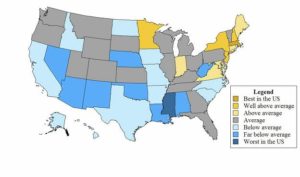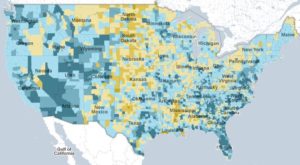This is a nice representation of Consumer Price Index data from the outstanding FlowingData.com:
Charting the change in prices from March 2010 to March 2011, transportation and education prices went up the most, while communication and apparel dropped a bit. A nice feature of this infographic is that it includes inflation as a benchmark; it’s easy to see here that even though food prices increased, their increase was consistent with inflation overall.
The creator of this infographic wonders why the government itself doesn’t do what FlowingData.com does: namely, why doesn’t the Bureau of Labor Statistics create simple, easy-to-understand graphics like this with its data, rather than just publishing a text file full of numbers every month?
That’s a good question, and a good opportunity to get students involved! Making data easier to understand means making data more useful, so take a look at the Bureau of Labor Statistics (http://www.bls.gov/), the Center for Disease Control (http://www.cdc.gov/), or some other government agency. Grab some public data, create some visual representations, and make the data understandable! And use FlowingData’s great work here, and elsewhere, as a guide.




